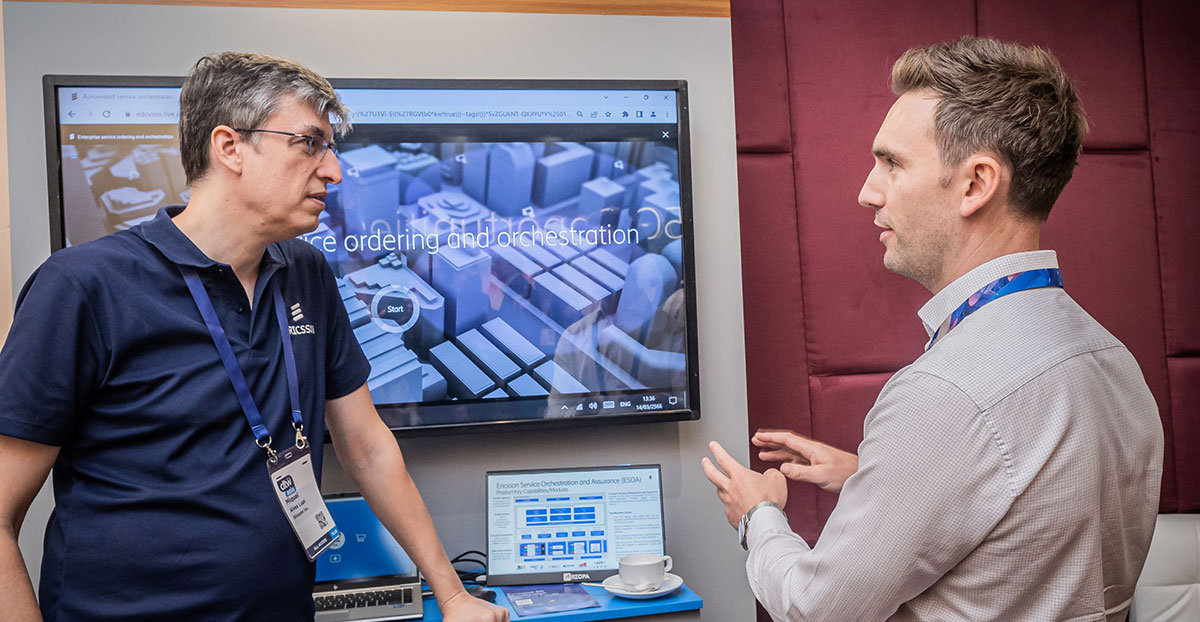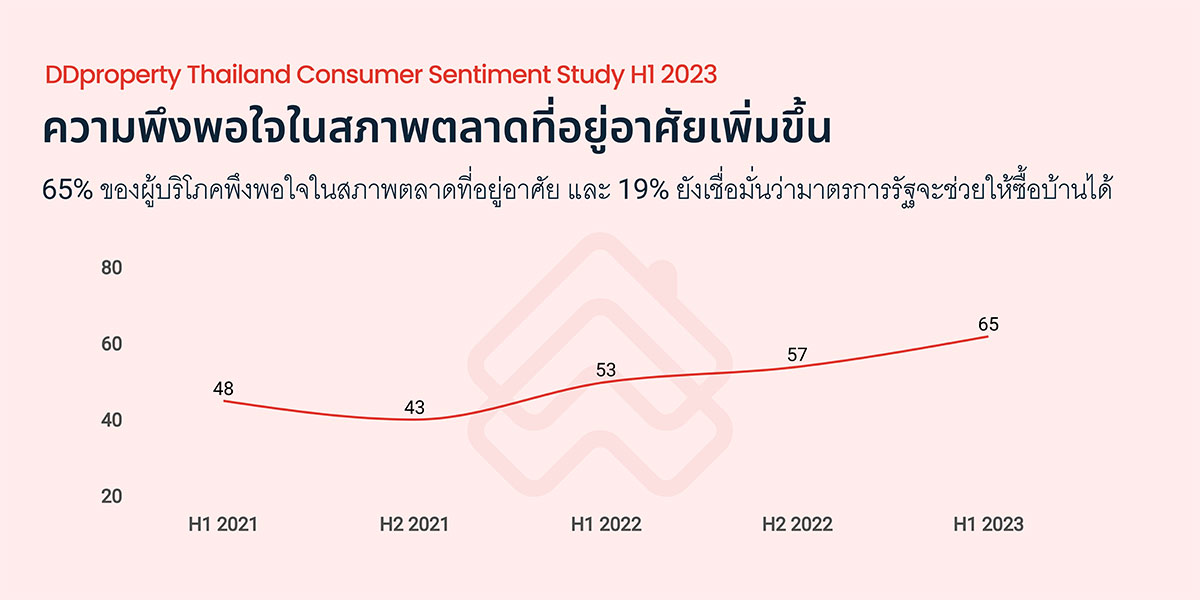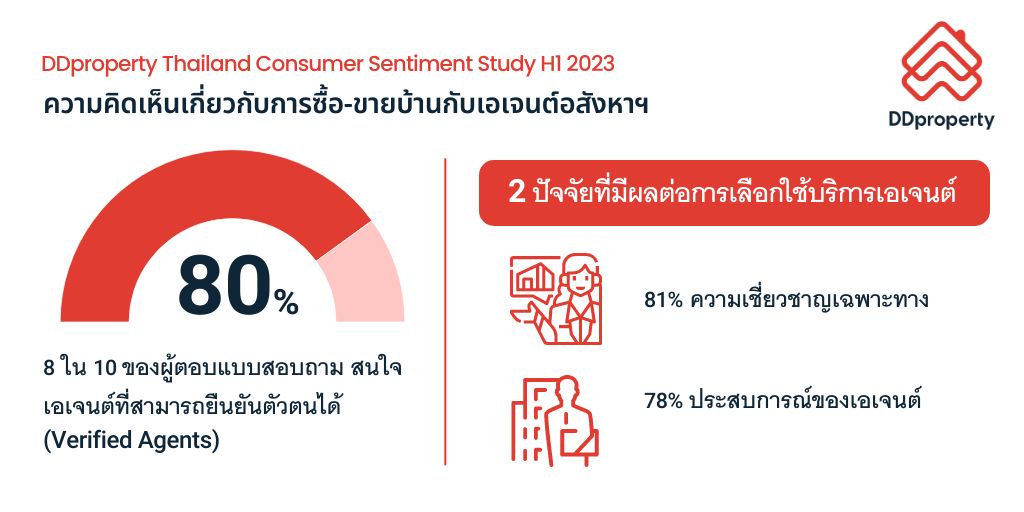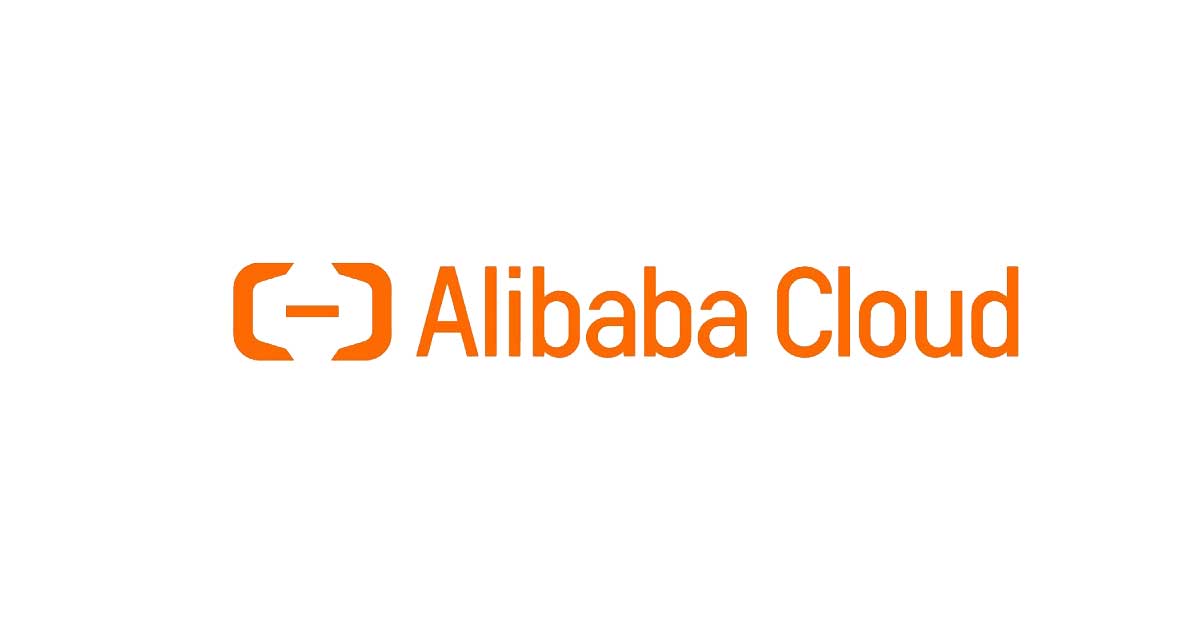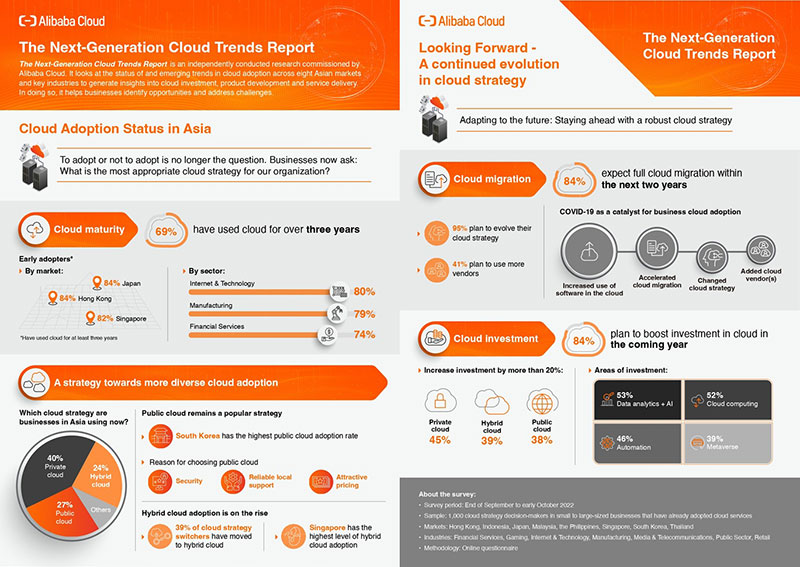Red Hat, Inc., the world’s leading provider of open source solutions, and Oracle today announced a multi-stage alliance to offer customers a greater choice of operating systems to run on Oracle Cloud Infrastructure (OCI). The strategic collaboration starts with Red Hat Enterprise Linux running on OCI as a supported operating system, improving the experience for organizations that rely on both OCI and Red Hat Enterprise Linux to fuel digital transformation and migration of mission-critical applications to the cloud.
Gartner’s “Forecast: Public Cloud Services, Worldwide, 2020-2026, 4Q22 Update” states that “worldwide, public cloud services are forecast to grow 18.5% in 2023” while “organizations continue accelerating cloud adoption, which is driving a five-year compound annual growth rate of 19.6%.”[1] This growth indicates a need for broad support of customer choice, both in terms of cloud provider and the operating system underpinning cloud environments.
Ninety percent of the Fortune 500 currently rely on Red Hat and Oracle solutions. For many of these companies, Red Hat Enterprise Linux serves as their operating system foundation and OCI offers them high-performing, mission-critical cloud services, to power digital-forward operations. Now these organizations are able to standardize their cloud operations with Red Hat Enterprise Linux running on OCI, which enables customers to gain a common platform that stretches from their datacenter to the OCI distributed cloud.
With this strategic collaboration, certified configurations of OCI flexible virtual machines can now run Red Hat Enterprise Linux, and customers can also migrate existing workloads already running on Red Hat Enterprise Linux to Red Hat Enterprise Linux on OCI with greater confidence. OCI flexible virtual machines can scale in increments as small as a single CPU to optimize price-performance and minimize wasted resources. Customers can also contact both Red Hat and Oracle support to help resolve potential issues, with an expanded transparent, joint support agreement.
Red Hat Enterprise Linux forms the backbone of Red Hat’s hybrid cloud technology portfolio, which includes Red Hat OpenShift. Red Hat Ansible Automation Platform and additional technologies to support the modern cloud-native stack. With this collaboration, joint customers of Red Hat and Oracle can now create a foundation for future-forward computing deployments on Red Hat Enterprise Linux while still retaining the value of existing IT investments.
Availability
Red Hat Enterprise Linux is now certified on OCI’s flexible virtual machines that offer from one up to 80 CPU cores in single CPU increments, and from 1GB memory per CPU up to a total of 1024 GB, depending on the processor. Red Hat Enterprise Linux is initially supported on the most recent OCI virtual machine shapes using AMD, Intel and Arm processors.
More information on launching Red Hat Enterprise Linux on OCI, including step by step directions, is available here. In addition, planning work has begun for Red Hat Enterprise Linux to be certified on OCI’s bare-metal servers, which can provide greater isolation and performance comparable to on-premises environments.
About Red Hat Enterprise Linux
Red Hat Enterprise Linux provides a flexible and stable Linux foundation to support hybrid cloud innovation. Applications and critical workloads can be built, deployed and managed faster and more efficiently with greater consistency across physical, virtual, private, public cloud and edge deployments. The platform provides for building security and compliance capabilities into infrastructure at development and a path to more easily maintaining stability throughout the production life cycle. IT organizations can operate with greater confidence and trust using a platform that empowers innovation and increases operational efficiency within their organization—no matter where they choose to run.
About OCI’s Distributed Cloud
OCI’s distributed cloud offers customers the benefits of cloud with greater control over data residency, locality and authority, even across multiple clouds. OCI’s distributed cloud features the following:
- Multicloud: OCI’s multicloud capabilities such as Oracle Database Service for Microsoft Azure and MySQL HeatWave give customers the choice to pick the best cloud provider for their applications and databases.
Hybrid cloud: OCI delivers hybrid cloud services on-premises via Oracle Exadata Cloud@Customer and manages infrastructure in over 60 countries. - Public cloud: Today, OCI operates 41 OCI regions in 22 countries, with 9 more planned, including two sovereign cloud regions for the EU.
- Dedicated cloud: OCI delivers dedicated regions for customers to run all Oracle cloud services in their own data centers, and Oracle Alloy will enable partners to customize the cloud services and experience for their customers.
Supporting Quotes
Ashesh Badani, senior vice president, head of Products, Red Hat
“Customer choice, from hardware to cloud provider, is a crucial commitment for Red Hat, whether these organizations are running operations in their own datacenters, on multiple public clouds or at the far edge. Our collaboration with Oracle to deliver full support for Red Hat Enterprise Linux on OCI further cements this commitment to choice by extending cloud deployment options for our customers, and laying the foundation to make additional Red Hat solutions available to customers digitally transforming on OCI.”
Clay Magouyrk, executive vice president, Oracle Cloud Infrastructure
“A significant number of customers rely on both Red Hat and OCI to run their operations and require more choice for distributed cloud deployments than ever before. Starting today,customers can deploy Red Hat Enterprise Linux on OCI and receive full support for these certified configurations from both Red Hat and Oracle. Deepening our collaboration in the future will see us support additional products and workloads on OCI so customers havemore flexibility.”
David Wood, global strategy lead, Accenture Cloud First
“A hybrid and multicloud mindset is becoming the new normal. With Red Hat Enterprise Linux available on Oracle Cloud Infrastructure, our clients can now migrate newer applications to OCI without changing the underlying environment, helping to accelerate transformation initiatives, and ultimately realize value faster.”
Robert Churchyard, global Oracle leader, IBM
“Modernization is critical in today’s hybrid, multicloud world—but clients need choice and flexibility to enable a truly meaningful transformation. The collaboration between Red Hat and Oracle is another example of bringing choice to clients and helping them accelerate their modernization efforts.”
Vinod Sivarama Krishnan, CIO, Indus Towers
“Indus Towers currently uses OCI extensively to support our decision support and analytics platform and to enjoy true scalability for our Oracle application and database environments. The welcome addition of Red Hat Enterprise Linux support on OCI opens the door for Indus Towers to further migrate certain key application stacks and workloads to cloud without recompilation, thereby avoiding development and testing costs and risks. This new capability will enable Indus Towers to bring the advantages of OCI scalability and reliability to a larger subset of the Indus Towers’ application stack.”
David Kerr, leader, Red Hat Global Strategic Alliance, Kyndryl
“We are delighted to see our global alliance partners Oracle and Red Hat offer greater choice to customers by introducing support for Red Hat Enterprise Linux on OCI. Kyndryl and Red Hat jointly support almost 900 customers globally who consistently stress the importance of reliable support across their IT environments. We are pleased to offer Red Hat Enterprise Linux on OCI as a delivery platform on which we design, build, manage and modernize mission critical IT systems for customers.”
[1] Gartner. “Forecast: Public Cloud Services, Worldwide, 2020-2026, 4Q22 Update” December 20, 2022, Colleen Graham, Amarendra., Arunasree Cheparthi, Shailendra Upadhyay


